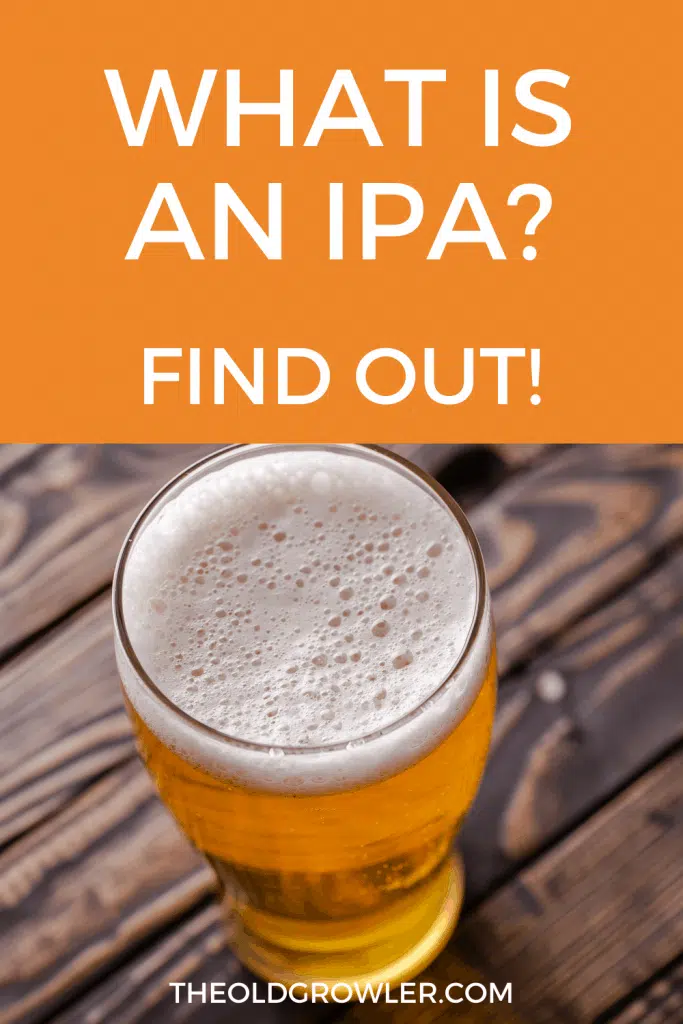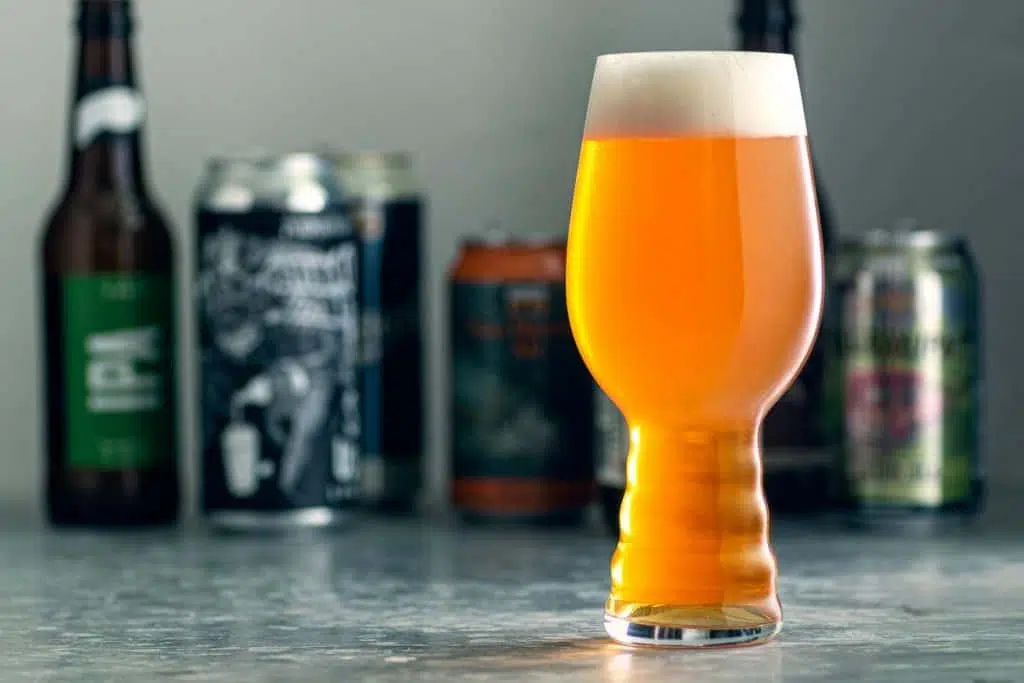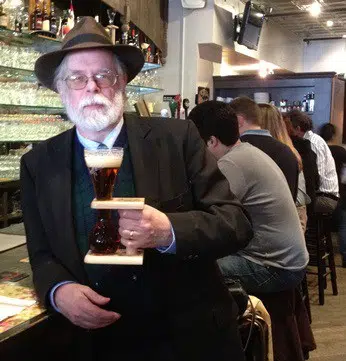What is India Pale Ale?
According to The Oxford Companion to Beer, India Pale Ale started as an “October Ale” brewed at the “Country Houses” of wealthy English landowners. October Ale was brewed to be matured in cellars for up to ten years. The result was a sparkling beverage very much like wine.
As any brewer knows, high alcohol, heavily hopped brew can last for years. Shipped by sailing and steamships over long distances, it also allowed for additional fermentation of any sugars still in the beer after it left the brewery. All of these factors made it ideal for shipping to the far-flung colonies of the British Empire.
The First Brewery to Make India Pale Ale
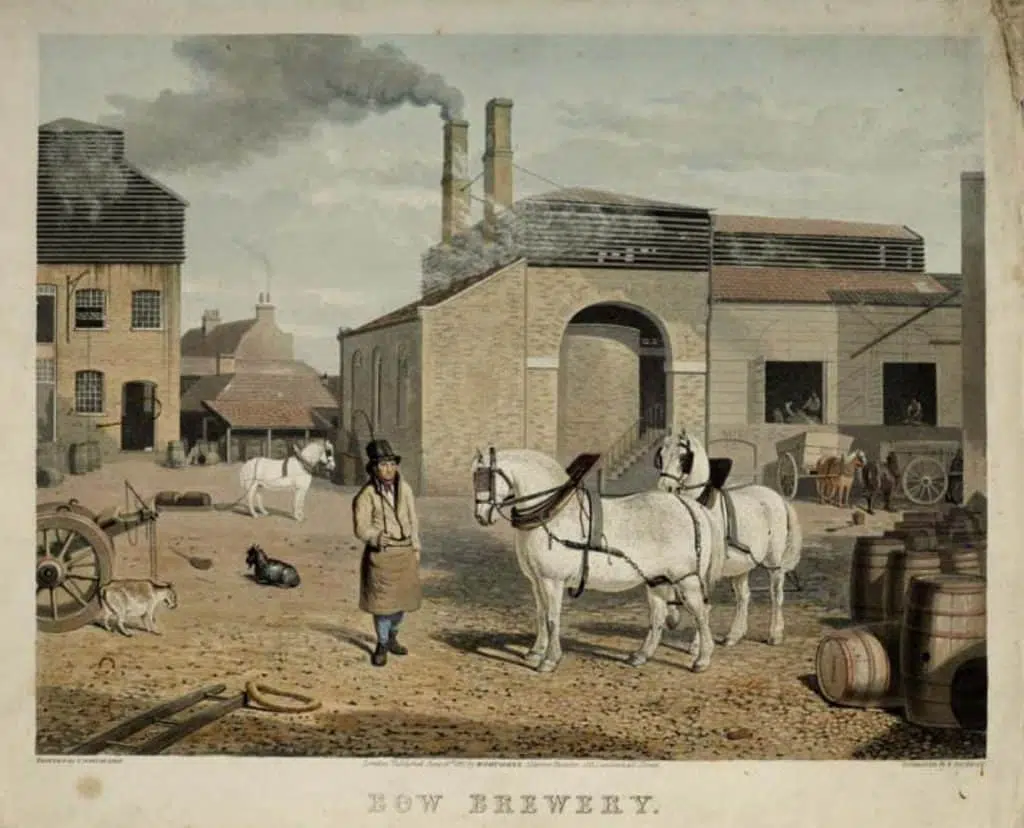
One of the major players in brewing what would become known as India Pale Ale was the brewery owned by George Hodgson. His brewery, situated near the Bow Bridge in London, was conveniently near the piers that were the headquarters of the East India Trading Company.
The East India Company had a monopoly on the textile business in India. They established trading posts known as “factories” in coastal Indian cities. Traders stationed there ensured that the company could purchase textiles at the best price, rather than relying on their ships’ timely arrival.
Naturally, with little else to do than monitor the textile market, the traders had plenty of time on their hands. Drinking either the local liquor or the local water was lethal. Thus, the need for beer was vital to their survival. This need became even more critical in the 19th century with the arrival of British colonial managers, their families and support staff, and especially, the great numbers of soldiers.
George Hodgson was in a perfect position to meet this demand. He soon began shipping his “India Ale” (no mention of “Pale”) on the East India Trading Company ships in massive quantities.
When Hodgson’s son took over the brewery, his business practices alienated customers. During the same period, several Burton breweries lost their European export market in Russia when the Tsar banned the trade and sought a new export market for their beer.
More Brewers of India Pale Ale
It was then that the East India Company commissioned Allsopp’s brewery to develop a strongly-hopped pale ale in the style of Hodgson’s for export to India. Other Burton brewers, including Bass and Salt, quickly followed Allsopp’s lead. The unique attributes of the Burton-on-Trent breweries’ water gave them an advantage over Hodgson’s London-based brewery. As a result, Burton India Pale Ale was preferred by merchants and their customers in India. Still, Hodgson’s October beer clearly was a significant influence on the Burton brewers’ pale ales.
It must be noted that many of the early Burton-on-Trent IPAs were only slightly higher in alcohol than most of the other beers brewed at that time. However, the wort (beer before it is fermented) was well-fermented, leaving little residual sugars. That beer was intensely hopped. The legend that these early IPAs were much more robust than other beers of the time proves to be not altogether true.
The Development of the American-Style India Pale Ale
When micro-brewed beers began gaining market share in the United States in the 1970s, brewers began seeking out old beer styles that had fallen out of vogue. Ballantine IPA, brewed in Cranston, Rhode Island, was considered a classic, featuring American hops’ intense flavor and aroma.
What really brought the American-style IPAs to beer drinkers’ attention was Bert Grant of Yakima Brewing and Malting. Grant used Cascade, and Chinook hops, grown locally in Yakima, Washington, to provide a unique flavor that became the iconic West Coast version of the American IPA. The popularity of that style of IPA soon spread eastward but changed personality as it did.
The Major Styles of India Pale Ale Today
English-Style India Pale Ale
The original style of IPA from which all others stem. British IPAs are hoppy golden ales that use exclusively British hops such as Fuggles and Goldings to get a grassy, earthy, and light citrus character. They are usually around 6-7% with a dry finish.
Alcohol by Volume 4.5%-7.1%
Bitterness (IBU) 35-63
Good examples: Meantime India Pale Ale, Marble Lagonda IPA
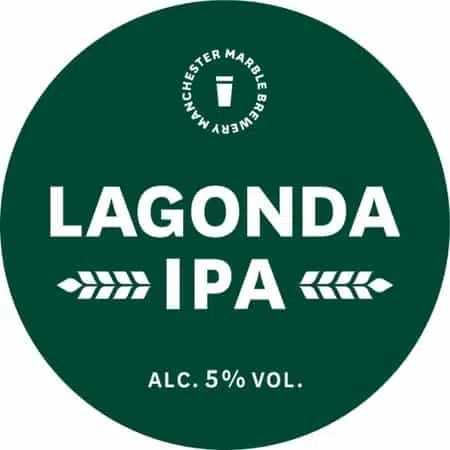
West Coast India Pale Ale
This version of India Pale Ale was invented in California, seemingly by about five brewers. The West Coast IPA takes its inspiration from British IPAs but adds American hops such as Cascade, Citra, and Chinook to give it a huge citrus aroma. These beers are usually a little less dry because they often use crystal malt but significantly more bitter than their British cousins, sometimes topping 80 IBUs.
But that bitterness is balanced with an exceptionally clean, crisp body, higher carbonation, and big tropical fruit notes. Early classics in style were brewed by Sierra Nevada Brewing Co. and Stone Brewing Company.
Alcohol by Volume 6.3%-7.5%
Hop Bitterness (IBU) 50-70
Good examples of West Coast IPA: Sierra Nevada Hop Hunter, Lagunitas IPA, Red Hook Longhammer
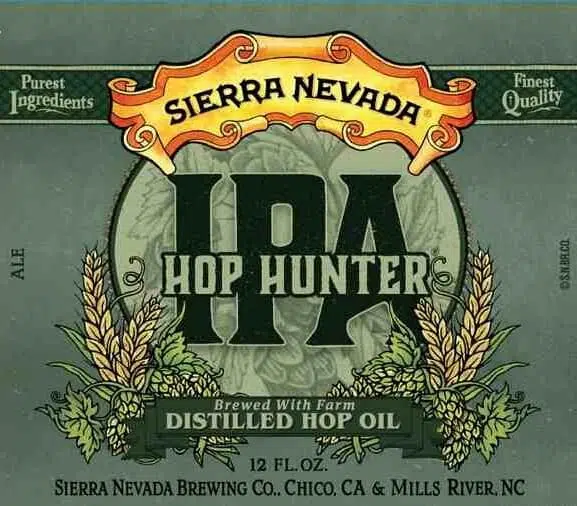
The East Coast India Pale Ale
The East Coast IPA is a relatively new style based on the West Coast with one fundamental difference – yeast. Where California brewers use clean, almost flavorless yeasts to focus the drinker on the hop aroma and flavors, East Coast brewers use mutated, complicated British yeasts. These yeasts produce lots of smells and flavors as they ferment the sugar – usually stone fruit, banana, and tropical notes – which the brewers use to top up the intense hop aromas. With this flavor boost, they can use fewer hops so the beers are less bitter, and they also leave the beer cloudy to give it an opaque look and a pillow-like texture.
Although this isn’t necessarily an “official” style of beer (according to the beer lords over at Beer Advocate), there’s something to be said for the East Coast-style IPA. It’s the stepping-stone between the British and West Coast IPA, emphasizing piney hop flavor and a solid malt backbone. It’s not as bright as a West Coast IPA but more complex in flavor than a British IPA. Dogfish 60 Minute and Victory Hop Devil are good examples.
Alcohol by Volume 6.3%-7.5%
Hop Bitterness (IBU) 50-70
Good examples of New England IPA: Hill Farmstead Brewery, Civil Society Brewing Company, and Trillium Brewing Co.
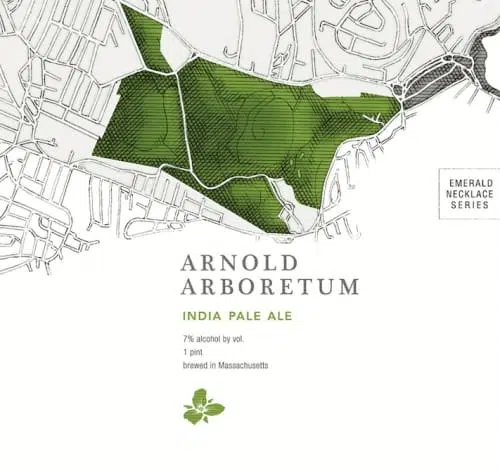
New England Style India Pale Ale
New England IPA (also referred to as Hazy IPA or Juicy IPA) is an IPA style invented by The Alchemist’s John Kimmich with his beer, Heady Topper. They are characterized by juicy, citrus, and floral flavors, emphasizing hop aroma with low bitterness. They also have a smooth consistency or mouthfeel and a hazy appearance. These characteristics are achieved using a combination of brewing techniques, including the use of particular strains of yeast, the timing of adding the hops and adjusting the water’s chemistry. The style has become popular among New England brewers. New England IPAs need not be brewed in New England. It was officially recognized as a particular beer style, the Juicy or Hazy India Pale Ale, by the Brewers Association in 2018. A variation on the style is the milkshake IPA, which adds lactose to make a New England IPA much creamier.
The New England IPA is what people are drinking right now. This IPA is unfiltered (which makes it hazy) and has extremely low bitterness from using blends of hops that lend intense, fruity flavor. New England style IPAs are often dry-hopped and tend to be fermented to have lower carbonation. These beers look like orange juice, smell like a fruit salad (sprinkled with weed), and taste like fresh fruit cobbler. This is the IPA for the “I don’t like IPAs,” person in your life, which might be why they’re so popular right now.
Alcohol by Volume 6.3%-7.5%
Hop Bitterness (IBU) 30-50
Good examples: Alchemist Heady Topper, Tree House Julius, Other Half Citra IPA,
American-Style Imperial or Double India Pale Ale
Double IPAs (also referred to as Imperial IPAs) are a more robust, very hoppy variant of IPAs that typically have alcohol content above 7.5% by volume. The style is claimed to have originated with Vinnie Cilurzo, currently the owner of Russian River Brewing Company in Santa Rosa, California, in 1994 at the now-defunct Blind Pig Brewery in Temecula, California.
Alcohol by Volume 7.6%-10.6%
Hop Bitterness (IBU) 65-100
Good examples: Firestone Walker Double Jack, Pliny the Elder, Cloudwater DIPA,
American-Style Triple India Pale Ale
As drinkers got used to the double IPA’s huge aroma and rasping dryness, brewers responded again with the triple IPA. Sometimes pushing 12% or even 13%, these beers are not for the faint-hearted. That said, they are hugely popular, with people queuing for hours to get hold of them on the day they are released, which is usually once a year at each brewery.
Alcohol by Volume 10+%
Hop Bitterness (IBU) 65-100
Good examples: Pliny the Younger, Magic Rock Unhuman Cannonball, Other Half All Green Everything.
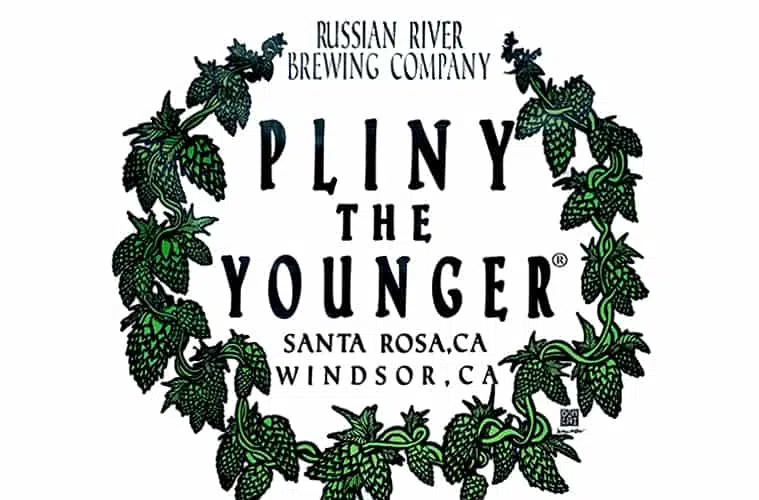
American-Style Session India Pale Ale
Let’s be honest. If all we drank was single, double, and triple IPAs, we’d never get anything done. After chasing high abv and the next biggest hop hit, some innovative brewers decided we should probably rein it for more casual drinking sessions. Which is what the session IPA does. It offers a hefty dose of hops at no more than 5%. They are dry and dry-hopped to buggery to get the maximum amount of aroma for the minimum amount of bitterness, so they are as drinkable but full-flavored as possible.
Alcohol by Volume 3.7%-5.0%
Hop Bitterness (IBU) 40-55
Good examples: Beavertown Neck Oil, Founders All Day IPA, Brew By Numbers Session IPA
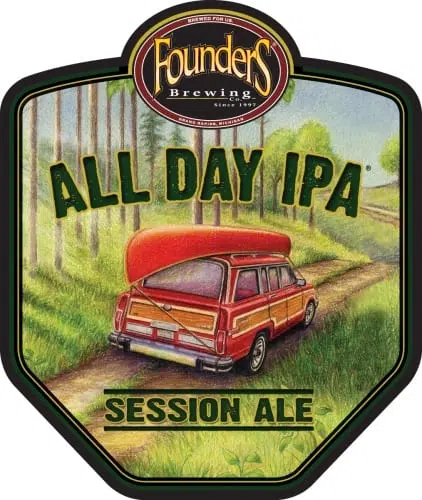
American-Style Black India Pale Ale
Arguably not a true IPA. The black IPA is also known as a Cascadian Dark Ale. The style’s idea is to brew a beer that looks stout, smells like a West Coast IPA, and tastes somewhere in between. An excellent Black IPA is full-bodied and clean, with a hint of roastiness before a huge hoppy finish.
Greg Noonan of Vermont Pub & Brewery created the first black IPA for sale on draught only in the pub in the early 1990s. Still, it didn’t become popular in the rest of the United States until 2009.
Alcohol by Volume 6.3%-7.6%
Bitterness (IBU) 40-70
Good examples: Vocation Divide & Conquer, Beavertown Black Betty, Troubadour Westkust
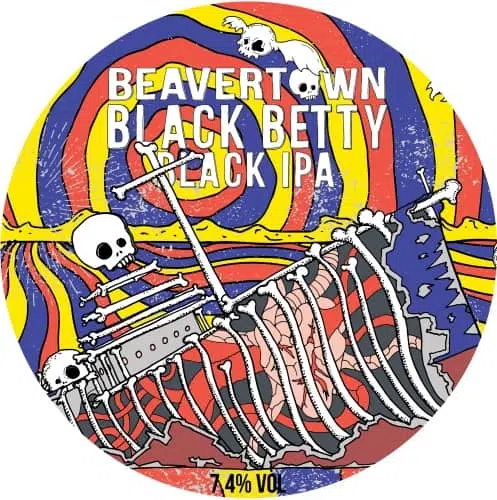
The Final Word on India Pale Ales
As Garrett Oliver noted in the Oxford Companion to Beer, “IPA is now the signature of craft brewers worldwide. Fittingly for an export beer, brewers from Australia to Scandinavia are creating new beers, mostly inspired by the American take on the style, but often adding a regional twist of their own.”
There are also at least six or seven more variations on the American-Style India Pale Ale that I haven’t mentioned. Double, Triple, Imperial, and Juicy Double and Triple India Pale Ales have also found their way onto store shelves.
In short, there are more variations on this theme than can be counted. Every season another goes on the market.
For one, I will let the new varieties on the shelf for the time being and enjoy the classic style variations listed above.
